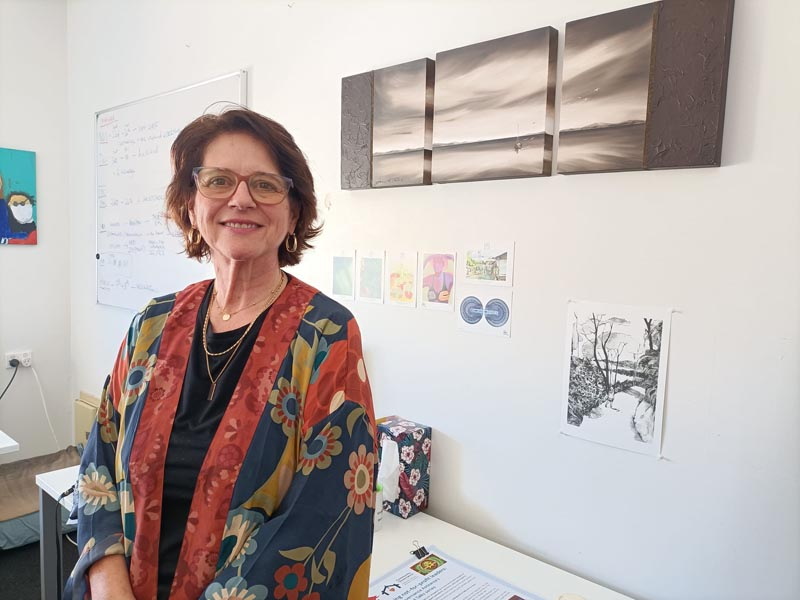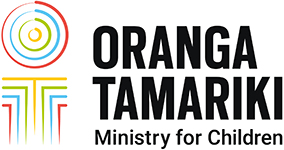 Professor Sylvie Frigon, a Canadian writer and Vice-Dean of Graduate Studies at the University of Ottawa, has returned to New Zealand following time spent at Victoria University in Wellington as a visiting scholar in its Institute of Criminology in 2018 and doing some work with the Royal New Zealand Ballet.
Professor Sylvie Frigon, a Canadian writer and Vice-Dean of Graduate Studies at the University of Ottawa, has returned to New Zealand following time spent at Victoria University in Wellington as a visiting scholar in its Institute of Criminology in 2018 and doing some work with the Royal New Zealand Ballet.
She has been teaching criminology at the University of Ottawa since 1993. Her main research areas are women in prison, and issues such as employment, self-mutilation and conjugal homicide.
“In the past 15 years, my research has focused more on the role of the arts in prison, particularly dance, creative writing, literature and theatre,” she says. “For me, the arts are like a kaleidoscope, showing the different angles, views and changes of the prison system.”
Sylvie has a long record of achievements, publications and awards. However, she is particularly proud of the three novels she has written, and the response to them from the general public, women prisoners and their children.
She is currently working on two projects: one is a book about theatre in prison in Canada and the other is a graphic novel about growing up as a Francophone minority in Canada.
Sylvie responds to three questions asked by Arts Access Aotearoa.
1. What are you doing back in Wellington?
I’m back in New Zealand for four months and will return to Ottawa in spring at the beginning of May. Apart from cycling around New Zealand with my husband, I’m here to learn about the innovative possibilities of what’s happening with arts in Corrections in Aotearoa. It sounds so exciting and full of potential!
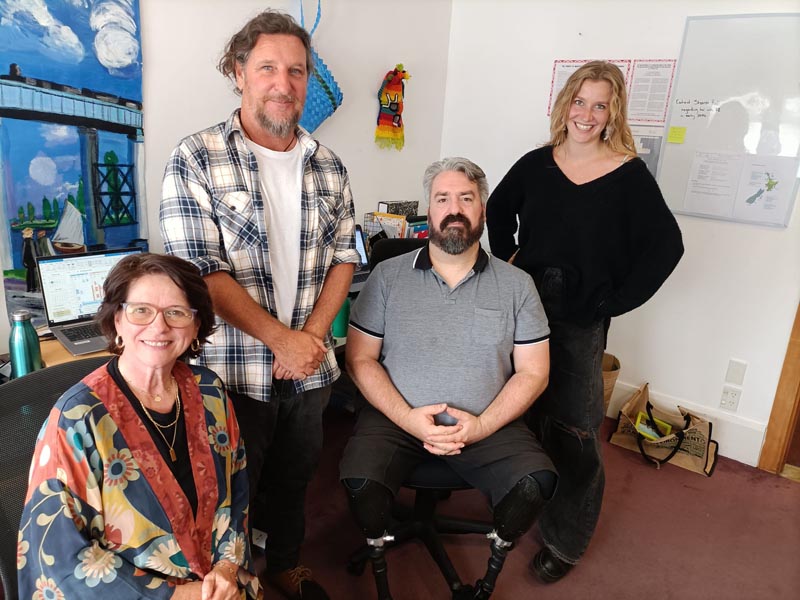 I’ve been invited to be a guest speaker at two of the Arts in Corrections Network hui this month: the first in Tūrangi and the second in Christchurch. I’m looking forward to talking to the researchers evaluating the 13 programmes funded through the Creative Arts and Cultural Wellbeing Prison Initiative.
I’ve been invited to be a guest speaker at two of the Arts in Corrections Network hui this month: the first in Tūrangi and the second in Christchurch. I’m looking forward to talking to the researchers evaluating the 13 programmes funded through the Creative Arts and Cultural Wellbeing Prison Initiative.
I’m interested because this initiative is a partnership between your Ministry for Culture and Heritage and the Department of Corrections. France has had a partnership between its Ministry of Culture and Ministry of Justice since 1995, ensuring the delivery of arts programmes in prisons by making funding available to artists and organisations.
For more than 15 years, I’ve been working with French choreographer Claire Jenny, who lives in Paris. Our most recent project was producing dance vignettes with people in prison called Make the bodies dance inside. You can watch this on the Ministry of Culture’s website
I will also be working with Home Ground and Jacqui Moyes during my stay.
2. After five years, have you observed anything new in the arts in Corrections sector?
Since 2018, I’ve been reading your e-newsletters and what’s been happening here: the awards, the fellowships and now the 13 arts programmes funded through the Creative Arts and Cultural Wellbeing Prison Initiative.
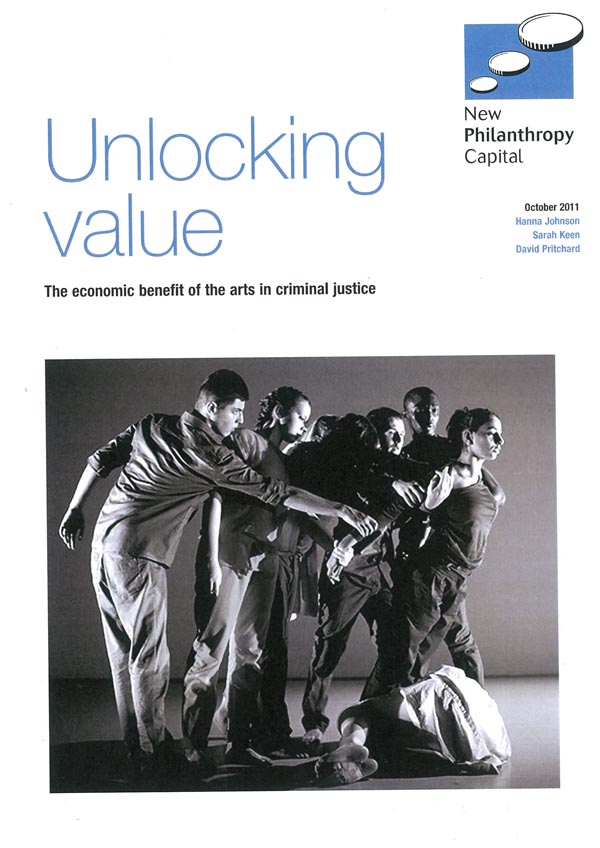 The evaluation of these programmes is a fantastic tool to document the benefits of the arts when they are delivered in a sustainable, long-term and consistent way. We have to have solid data to create change and prove the economic as well as social benefits of the arts.
The evaluation of these programmes is a fantastic tool to document the benefits of the arts when they are delivered in a sustainable, long-term and consistent way. We have to have solid data to create change and prove the economic as well as social benefits of the arts.
The guide that Arts Access Aotearoa is writing about best practice in the delivery of arts programmes in prisons will enhance the delivery of excellent, impactful programmes.
In the United States in the 1970s, there was a “nothing works” doctrine about prisoner rehabilitation. Then in the 1980s, it became “What works?”. In New Zealand, hopefully, it can become “Art works”.
Providing the evidence on the economic benefits is vital. Taxpayers want to know why you’re putting their money into arts programmes. They want to know the arts can rehabilitate; keep us safer; and help people live better lives and contribute.
As prisons adapt, I envisage it as "a prison chameleon". Sometimes prisons take the colours of punishment and, sometimes, the colours of humanism depending on the political climate.
Findings from research conducted by economists in the UK, where they looked at the impact of three different programmes, is just one example. You can read about these finding in the report Unlocking value: the economic benefit of the arts in the criminal justice (2011).
3. Tell us about your latest research and writing projects.
At the moment, I’m writing a book with one of my students, Thana Ridha. It’s about a theatre programme that’s been running for 40 years in the William Head prison in Victoria, British Columbia. It’s based on interviews with former and current prisoners, artists and other providers who have been involved in the theatre programme.
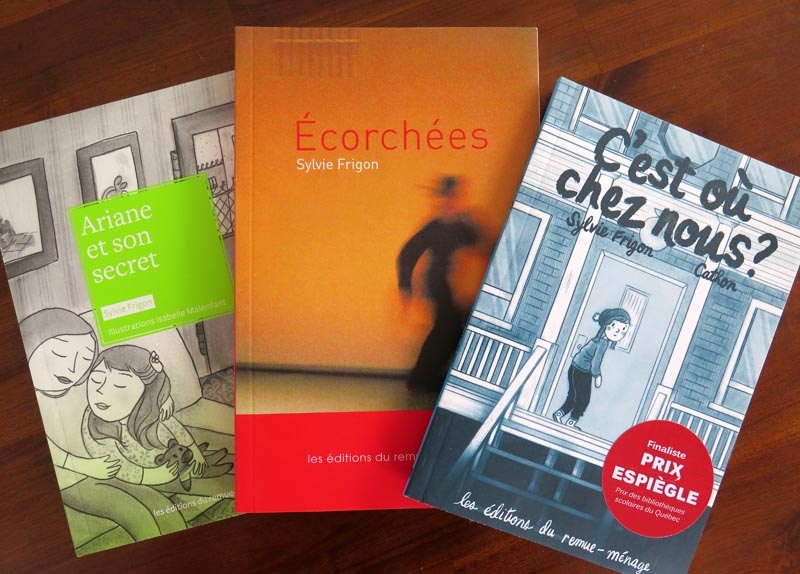 Every year, over eight or nine months, the men in prison write a play or work on an existing play with artist mentors from the outside, rehearse and perform it, and make the sets and the costumes. The play is then open to the public and performed three days a week over five weeks. I’ve been to three of the productions and they’re fantastic. Really professional.
Every year, over eight or nine months, the men in prison write a play or work on an existing play with artist mentors from the outside, rehearse and perform it, and make the sets and the costumes. The play is then open to the public and performed three days a week over five weeks. I’ve been to three of the productions and they’re fantastic. Really professional.
This will be the first criminology study in Canada focused on an arts programme and hopefully, it will be published at the end of the year.
As well as my graphic novel, I’m continuing to work with Claire Jenny and will be the writer-in-residence at her dance company, Point Virgule, for one month in June.
You can read a story about Sylvie's visit to New Zealand in 2018.

